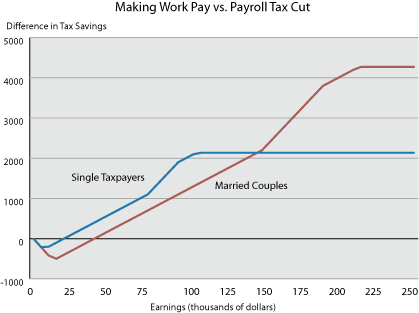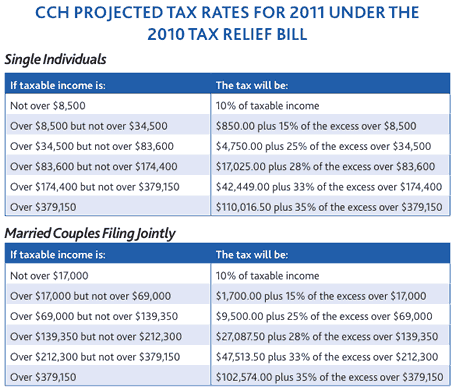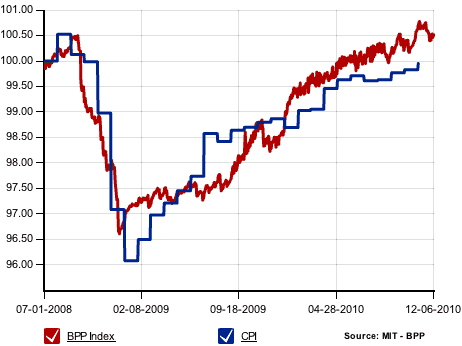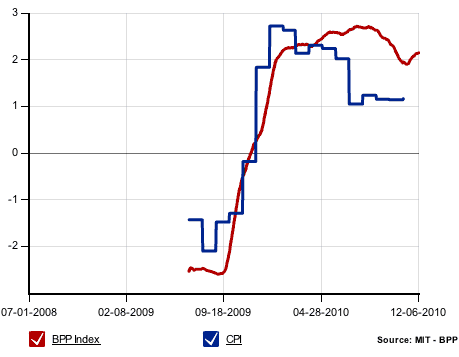 I’m still recovering from holidays, but I did see today that retirement specialist Jim Otar has made his book Unveiling The Retirement Myth available in PDF format for free until January 9, 2011. Here is the
I’m still recovering from holidays, but I did see today that retirement specialist Jim Otar has made his book Unveiling The Retirement Myth available in PDF format for free until January 9, 2011. Here is the direct download link (expired).
I haven’t read it, but from I can gather it seems targeted at those DIY investors who are carefully planning the withdrawal phase of retirement, and not for beginners. For example, the summary teaser talks about “non-Gaussian optimum asset allocations”. 🙂 Hey, sounds like great weekend reading to me. Learn more about the material at his site RetirementOptimizer.com. In any case, it’s free and the book retails for $50, so why not download it. I’m now wanting an iPad to read all these free eBooks out there…
Thanks to TheFinanceBuff for the tip.


 While procrastinating today, I of course ran across a couple of tips on productivity and success that both powerful and very different.
While procrastinating today, I of course ran across a couple of tips on productivity and success that both powerful and very different.






 The Best Credit Card Bonus Offers – March 2024
The Best Credit Card Bonus Offers – March 2024 Big List of Free Stocks from Brokerage Apps
Big List of Free Stocks from Brokerage Apps Best Interest Rates on Cash - March 2024
Best Interest Rates on Cash - March 2024 Free Credit Scores x 3 + Free Credit Monitoring
Free Credit Scores x 3 + Free Credit Monitoring Best No Fee 0% APR Balance Transfer Offers
Best No Fee 0% APR Balance Transfer Offers Little-Known Cellular Data Plans That Can Save Big Money
Little-Known Cellular Data Plans That Can Save Big Money How To Haggle Your Cable or Direct TV Bill
How To Haggle Your Cable or Direct TV Bill Big List of Free Consumer Data Reports (Credit, Rent, Work)
Big List of Free Consumer Data Reports (Credit, Rent, Work)